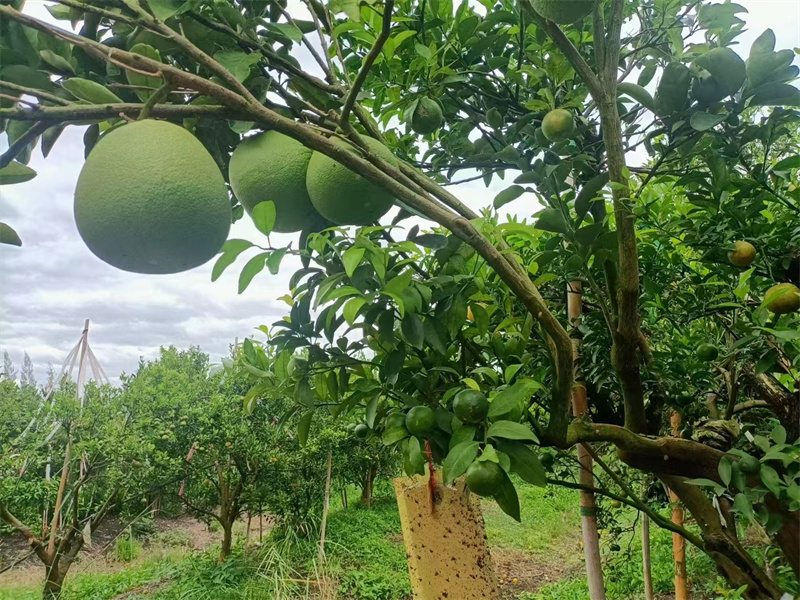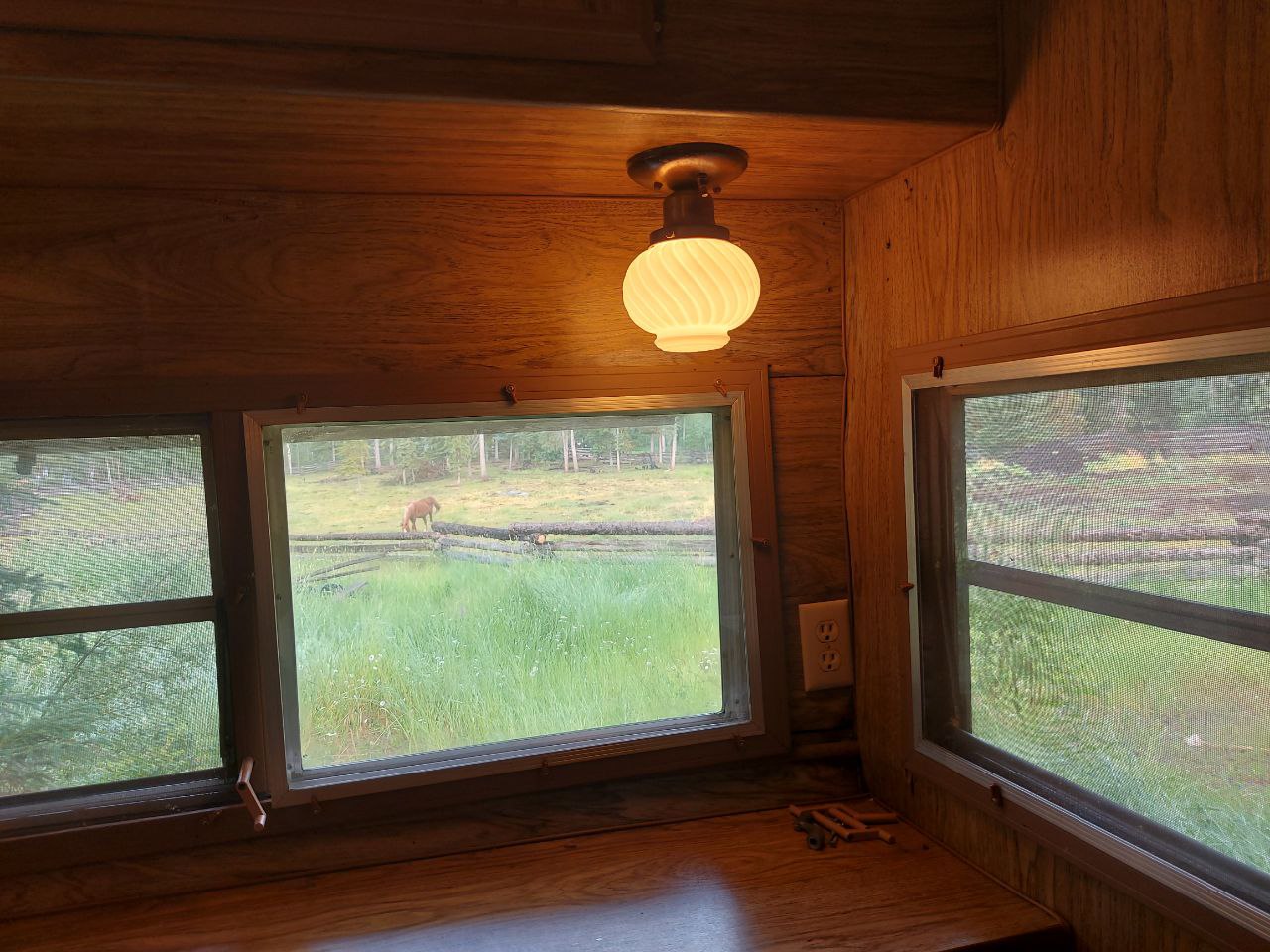|
10 Tips for Living a Healthier, Greener Life
Updated 07/31/16
As a healthy home consultant I face many challenges. The reasons that people resist the movement to “go green” and make eco-friendly, healthy changes to their homes and lives are many and varied. But the greatest challenge I have faced is the popular notion that healthy living is prohibitively expensive. That safer home products always imply greater cost. And that the only way to really reduce your family’s exposure to toxic environmental chemicals is by spending a lot of money, even if just in the short run.
I understand why a shift in energy to paying attention to environmental toxicity and the drive to change your living environment is stressful. People cover their ears because understanding environmental toxicity is scary, under the assumption that they have to replace everything in their homes and live in a bubble.
My mission is to help people understand that their goal is not to eliminate their exposure to toxic chemicals – because that is both impossible and unnecessary – but to reduce their exposure to toxic chemicals. To understand that small, gradual, easy, and inexpensive changes in their living environments can make measurable, substantial, and impactful changes in their family’s exposure to unhealthy chemicals. Since we don’t need to make our homes and environments completely toxin free, we can choose what we want to do, what we want to change, what we want to prioritize (in time, effort, and money), and what things we are not interested in changing.
We are constantly exposed to environmental pollutants in so many ways – our food, water, personal care products, cleaning products, lawn care products, cookware, dishware, bedding, clothing, furniture, mattresses, toys, etc. This is both bad (for obvious reasons) and good, in that there are many areas to focus on, and we don’t have to focus on every area.
People ask me – what is the most important change to make? There is no right answer. If you want to reduce your family’s exposure to toxic chemicals I tell people to focus on the areas that they are personally motivated by, the things that THEY think will make a difference, the easy changes, and part with the items and behaviors to which they do not feel married. I also tell people to prioritize the exposures affecting women of child-bearing age, pregnant women, babies, and children, as these are the people most sensitive to the effects of environmental toxins.
Feeling good matters. If you think that the red lipstick you have been wearing for 15 years is the secret to your success, keep it, no matter what it is made of! Maybe just avoid it during pregnancy and don’t kiss your babies with it. If you have tried every “natural” deodorant on the market and only feel confident in the conventional one that you have trusted since puberty, hold onto it. Maybe just wear it when you go to work or out on a date, or out with your friends.
I always suggest focusing on the simple changes and the ones that cost no money… including the impactful changes that can save families money that they can then spend on safe and healthy products that may cost slightly more.
I prefer to focus on items that families can throw out or cut from their shopping lists, rather than the items they need to purchase. Below is a list of healthy living tips – changes that families can make in their homes and behaviors – that cost no money and can significantly reduce their exposure to toxic chemicals, including carcinogens (chemicals that may cause cancer), neurotoxins (chemicals that can harm the brain, particularly the developing brain), developmental toxins, and skin and respiratory irritants.
1. Open your windows.For eat least 5 minutes a day. Indoor air is typically 2-5 times more polluted than outdoor air. Opening windows allows air to circulate and let’s clean fresh air enter your home. It is much less expensive than buying air purifiers, many of which do not have measurable impacts on air quality.
And “air fresheners” like conventional candles, incense, plug-ins, diffusers, and Fabreze actually make indoor air quality worse and do nothing to reduce toxic odors other than mask them. These “air fresheners” contain toxic ingredients like phthalates, artificial fragrance, and polycystic aromatic hydrocarbons that may be linked to cancer, hormone disruption, neurotoxicity, and respiratory irritation.
2. Leave your shoes at the door.Shoes not only track dirt into your home requiring more cleaning, but they also track in pesticide residues, lead, bacteria, and toxic resides from coal tar-based driveway sealants. All of these contaminants end up on the floor in your home and in the dust for small hands to pick up and ingest. I suggest keeping a bucket by the door for family members and guests to store their shoes.
3. Don’t microwave in plastic.Even if the plastic is labeled as microwave safe, it can still leach toxic, hormone-disrupting chemicals into the food when heated. The safest thing to do is transfer any food to glass or lead-free ceramic dishware before microwaving.
4. Refuse receipts.Receipts are typically printed on thermal paper, which produces an image when a layer of powder on the paper reacts with heat. The powder on the paper includes either the carcinogenic hormone-disrupting chemical BPA or its similarly toxic alternative BPS. The powder containing the BPA/BPS is not bound to the paper, but instead rubs easily off onto fingers through contact and is quickly absorbed through the skin into the bloodstream. The safest option is to refuse receipts whenever possible or request electronic receipts. If handling a receipt is unavoidable it is best to wash hands with soap and water as soon as possible, and keep them out of the little hands of children who are most sensitive to the toxic effects of BPA and BPS.
5. Drink filtered tap water rather than bottled.Bottled water is generally a waste of money and pollutes our environment. It is often no cleaner than regular tap water and the plastic polyethylene terephthalate bottles can leach into the water, especially when heated.
Tap water is free, and can be very healthy, especially if filtered using a high quality comprehensive water filter. The one I use and recommend is from Pure Effect filters as it removes heavy metals, chlorine, chloramine, industrial pollutants, volatile organic compounds, radon, and radiation. For $10 off you can use code “AGS10”.
6. Wash hands frequently.One of the most important routes of exposure to toxic chemicals is through our hands, and especially when hands go into mouths and handle food. This is especially true for babies and small children who most frequently have their hands in their mouths. We pick up toxic chemicals on our hands all day long, including the microscopic dust in our homes and offices that is laden with toxic chemicals including hormone-disrupting and carcinogenic phthalates and flame retardants. Washing our hands throughout the day is important, especially before we eat. Soap and water is all we need. In fact, antibacterial soap and antibacterial sanitizer should be avoided as it often contains the ingredient triclosan, which is not only ineffective at reducing our exposure to bacteria more than regular soap, but can also disrupt thyroid hormones and contribute to antibiotic-resistant bacteria.
7. Dust frequently with damp cloths.As mentioned above, house dust is laden with toxic chemicals including the phthalates and flame retardants, both of which have been labeled as potentially carcinogenic and linked with metabolic effects due to hormone disruption and neurotoxicity. Dusting is the most important home cleaning activity in relation to reducing exposure to toxic chemicals. Strong cleaning chemicals are not necessary – in fact a wet rag will do the job! Frequent vacuuming is also key to reducing exposure to dust laden with toxic chemicals.
8. Speak on speakerphone and turn wifi off at night.The World Health Organization has labeled electromagnetic frequency radiation as a possible human carcinogen. There is a growing body of epidemiologic literature examining the health impacts of electromagnetic frequency radiation exposure, including that from mobile phones, cell towers, radio/TV towers, wifi, and other household electronics. The literature to date is inconclusive and inconsistent, with some studies showing health effects, including potential associations with brain tumors, and other studies showing no significant associations with health outcomes. While the research is ongoing I recommend taking a precautionary approach. Avoiding cell phones, wireless technology and electromagnetic frequency radiation exposure entirely is unrealistic in 2016, and likely unnecessary. Instead, I suggest limiting exposure in ways that do not interfere too much with your daily routine. Rely on corded landlines whenever possible at home or at work. Turn your WiFi router off at night. Put your mobile phone on airplane mode at night and when traveling in the car. Distance is key, as the exposure drops off exponentially with distance, so speak on speakerphone mode whenever possible. And, most importantly, limit exposure for babies and children who may be more sensitive to the effects of electromagnetic frequency exposure and who do not need to be using mobile technology.
9. Put perfume and makeup on after you kiss goodbye.There are so many great lines of nontoxic personal care products on the market these days. In fact, it is fairly easy to find a safe and healthy version of every kind of beauty product now. Perfume and makeup typically contains many unhealthy ingredients including heavy metals, artificial fragrance, phthalates, hormone disrupting chemicals, and irritating preservatives. I understand that many women feel particularly attached to some beauty and fragrance items and that is ok as long as we are making efforts to reduce our overall burden of toxic chemicals. However, I recommend taking small steps to reduce children’s exposure, and this can involve putting perfume and makeup on after you have left the house and kissed their sweet cheeks goodbye.
10. Make a list of unneeded items to throw out.There are so many common household items that are both unnecessary and expose your family to toxic chemicals. These include plastic cling wrap, all fragranced air fresheners, dryer sheets, fabric softener, baby perfume (yes, it exists!), baby powder, oven cleaner and oven floor liner, and furniture polish. Throw them out and cross them off your shopping list forever!
The truth is that you can you can create a safe and healthy home within any budget, and by maintaining your existing budget. Protecting our children from common environmental contaminants can be achieved by making small, easy, and gradual changes to our homes and lifestyles without stress. Do not get hung up on the guilt of yesterday’s exposures, or the notion that “going green” is a monumental task only achievable by the wealthy. Instead focus on the meaningful and easy ways you can live and breathe healthier for all of your tomorrows!
|
 Haha, I’ve got a helper now!
Xuefeng
September 8, 2024
(Translation edited by Q
Haha, I’ve got a helper now!
Xuefeng
September 8, 2024
(Translation edited by Q
 Haha, I felt young again!XuefengYesterday morning, after breakfast, I started ch
Haha, I felt young again!XuefengYesterday morning, after breakfast, I started ch
 Papaver rhoeas: The Designated Flower of Lifechanyuan
by Xuefeng
August 20, 2024
Papaver rhoeas: The Designated Flower of Lifechanyuan
by Xuefeng
August 20, 2024
 Joyful Games and Warm Welcome for Gabi at Lifechanyuan's Thai Home
Qianzi Celest
Joyful Games and Warm Welcome for Gabi at Lifechanyuan's Thai Home
Qianzi Celest
 Chilean Girl Gabi Experiences the Life of Lifechanyuan Thailand Second Home Comm
Chilean Girl Gabi Experiences the Life of Lifechanyuan Thailand Second Home Comm
 Another Clean and Tidy Joy House
In the tourist resort Holy Land Home, the guide
Another Clean and Tidy Joy House
In the tourist resort Holy Land Home, the guide
 Post time 2017-11-02 16:12:27
|
4114views0replies
Show the author posts only
|View large image
Post time 2017-11-02 16:12:27
|
4114views0replies
Show the author posts only
|View large image
 |Descending
|Read mode
|Descending
|Read mode





 Favorites
Favorites Relay
Relay Shares
Shares Collection
Collection